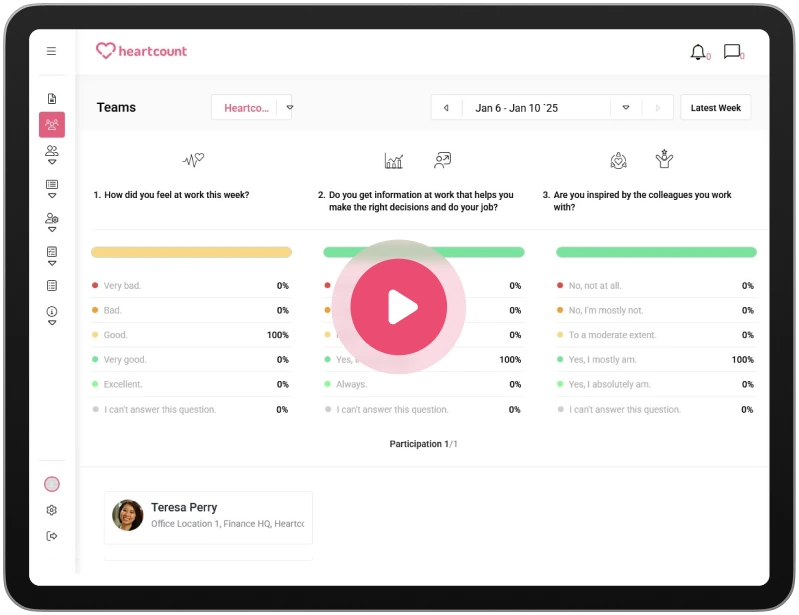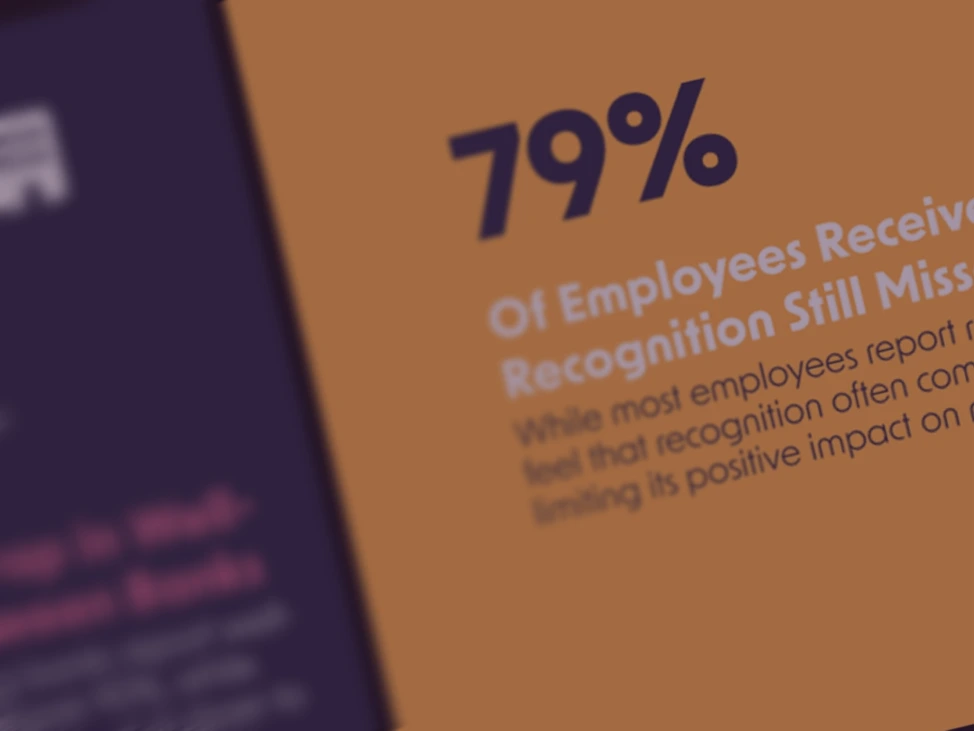Why Measure Happiness at Work?

Measuring employee happiness (and doing it right) is neither easy nor cheap. But it is still a great idea to do it for four main reasons:
Measuring employee happiness (and doing it right) is neither easy nor cheap. But it is still a great idea to do it for four main reasons:
1. It Improves the Workplace
Measuring employee happiness in the right way can help you identify organizational problems and strengths and act on them to improve the workplace. The survey can show you which employees or teams are doing great, so their best practices can be identified and spread across the entire team Also, it can show you which people and groups are languishing, so their problems can be acknowledged and solved.
2. It Encourages Happiness Initiatives
Most business leaders are highly results-oriented and data-driven which is why they find it hard to value things they can’t put a number on. Tracking employee happiness with hard numbers can bolster top leadership’s commitment to any happiness initiatives and ensure that adequate resources are allocated to the process.
COLLECT
3. It Builds Employees’ Trust
It’s a way for the organization to show that it cares about its people. When employees are asked about their perception of their work lives – and especially when they see the organization acting on their replies – they see that the organization genuinely cares about them. This, in turn, strengthens employees’ engagement, commitment and loyalty to the organization.4. It Drives Better Company Results
4. It Drives Better Company Results
Finally, happiness is a direct driver of better company results. Studies show that happy workplaces have:
- Lower absenteeism
- Lower employee turnover
- More creativity and innovation
- Higher customer satisfaction and loyalty
- Higher growth
- Higher stock prices
- Higher profits
On the other hand, unhappy employees have the exact opposite effect, leading to worse results.
Wrap Up
Since happy employees have been shown to bring a variety of benefits, it makes perfect sense to measure happiness at work, pay close attention to the gathered insights and finally act on the results to make positive changes to your company culture.









